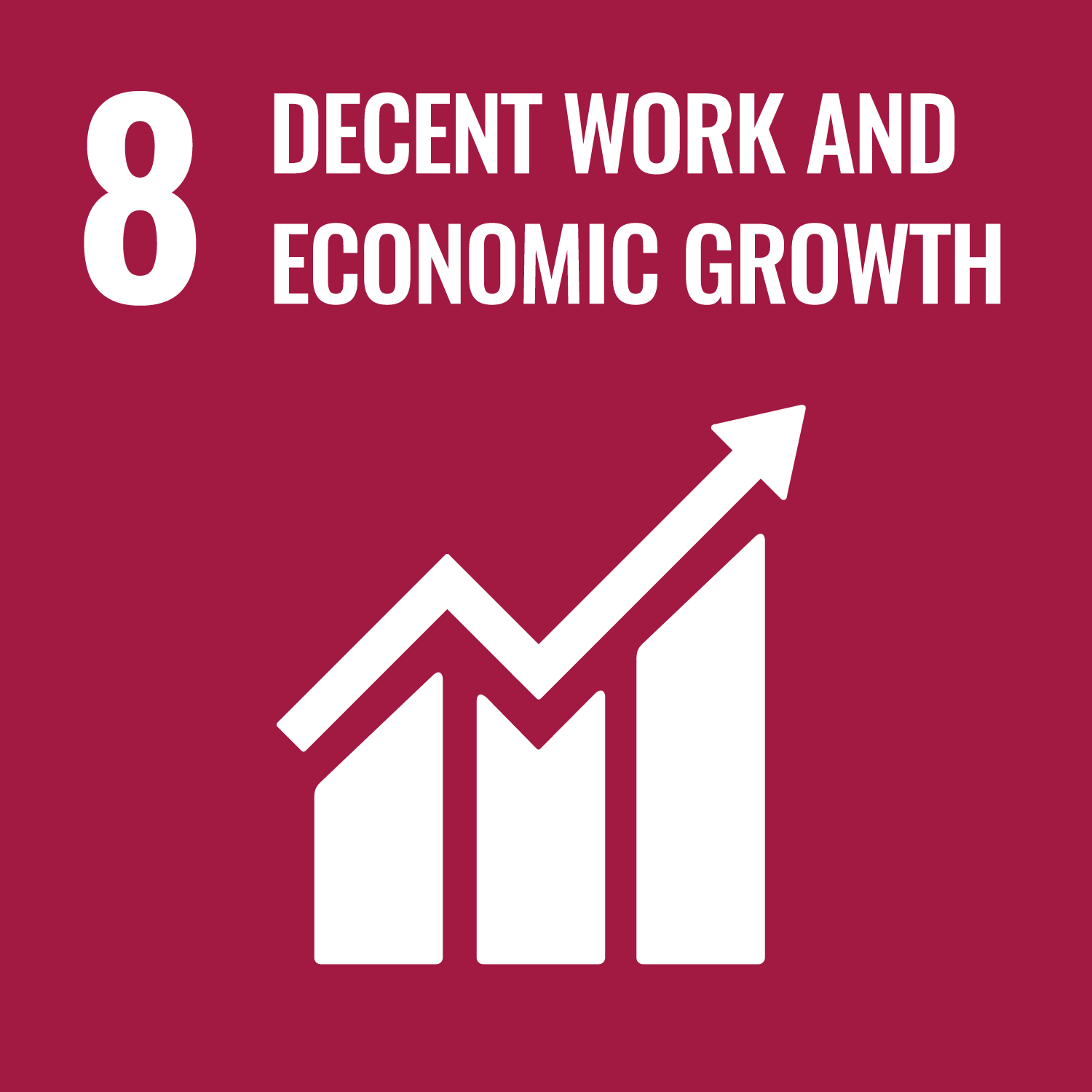Guriev, SG, Speciale, B and Tuccio, M (2019) How do Regulated and Unregulated Labor Markets Respond to Shocks? Evidence from Immigrants During the Great Recession. Journal of Law, Economics, and Organization, 35 (1). pp. 37-76. ISSN 8756-6222
Abstract
We study wage adjustment during the recent crisis in Italy using a unique dataset on immigrant workers that includes those employed in formal and informal sector. We find that before the crisis immigrants’ wages in the formal and informal sectors moved in parallel (with a 15% premium in the formal labor market). During the crisis, however, formal wages did not adjust down while wages in the unregulated informal labor market fell so that by 2013 the gap had grown to 32%. The difference was particularly salient for workers in occupations where the minimum wage is likely to be binding, and in “simple” occupations where there is high substitutability between immigrant and native workers. Calibrating a simple partial equilibrium model of spillovers between formal and informal markets, we find that less than 10% of workers who lost a formal job during the crisis move to the informal sector. We also find that if the formal sector wages were fully flexible, the decline in formal employment would be in the range of 1.5–4.5%—much lower than 16% decline that we observe in the data.
More Details
| Item Type: | Article |
|---|---|
| Subject Areas: | Economics |
| Date Deposited: | 15 Oct 2024 08:53 |
| Last Modified: | 14 May 2025 01:25 |
| URI: | https://lbsresearch.london.edu/id/eprint/3883 |




